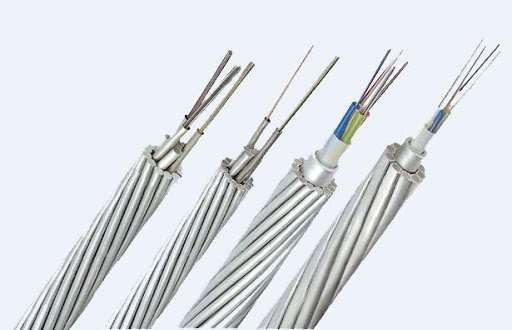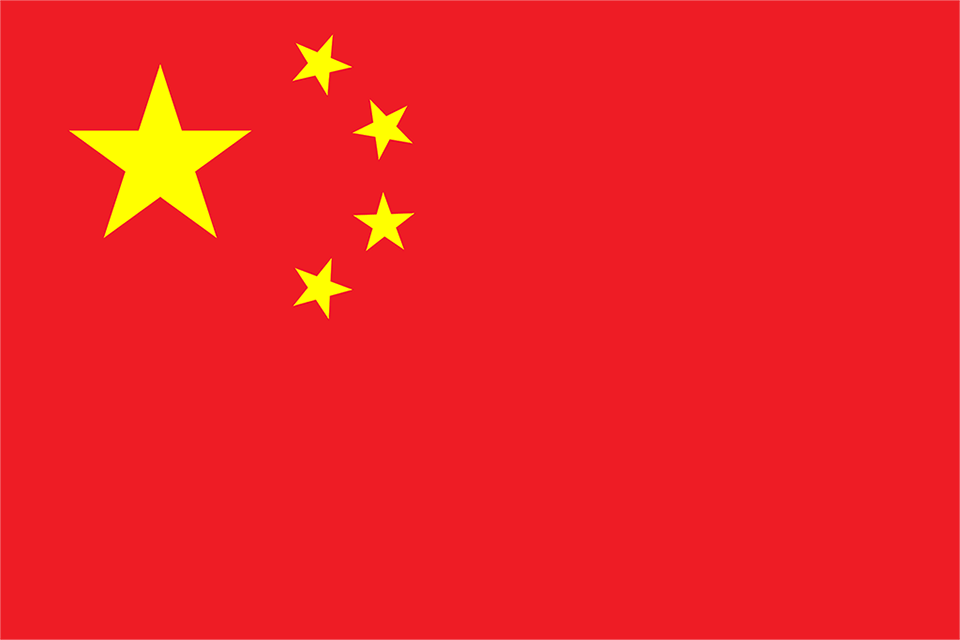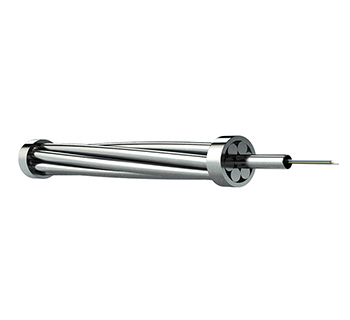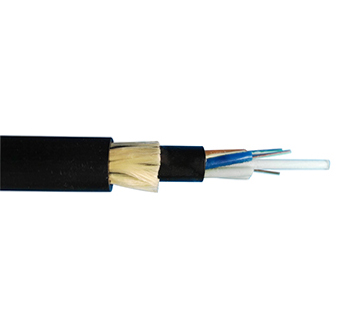What are the classifications of opgw optical cables?
The classification of opgw wire is generally divided into two types: loose sleeve and tight sleeve.

Loose tube: The loose tube type is to put the optical fiber into a loose tube filled with ointment to form a certain excess length. The excess length is generally controlled at about 0.7% of the total length of the optical cable. The optical fiber uses its own excess length to meet the entire ground wire. Deformation during operation to ensure that the optical fiber in the cable is not stressed, but the structure is loose.
Tight sleeve: The tight sleeve type is based on the fact that the optical fiber can be stressed. In order to meet the requirements of the optical fiber, the external force corresponding to the elongation of about 1% is applied to the optical fiber during production. ". The fiber that has been screened has a higher tensile strength than that of the outer stranded wire and can be broken after the outer stranded wire.
Due to the above design differences, when the metal section and the destructive force are the same, the design safety factor of the loose sleeve structure is 70% to 75% of that of the tight sleeve structure. Due to its structural characteristics, the loose-fitting type has a low price and is suitable for lines with light external load conditions and insignificant terrain changes; the tight-fitting type is more expensive, and is suitable for harsh external load conditions, large terrain changes and high ground wire stress. complex wiring. Therefore, when designing and selecting the type of optical cable, the two types of OPGW optical cables with different structures cannot be simply compared. The structure should be selected according to its specific strengths and weaknesses, combined with specific conditions and performance-price ratios.
 中文
中文 









